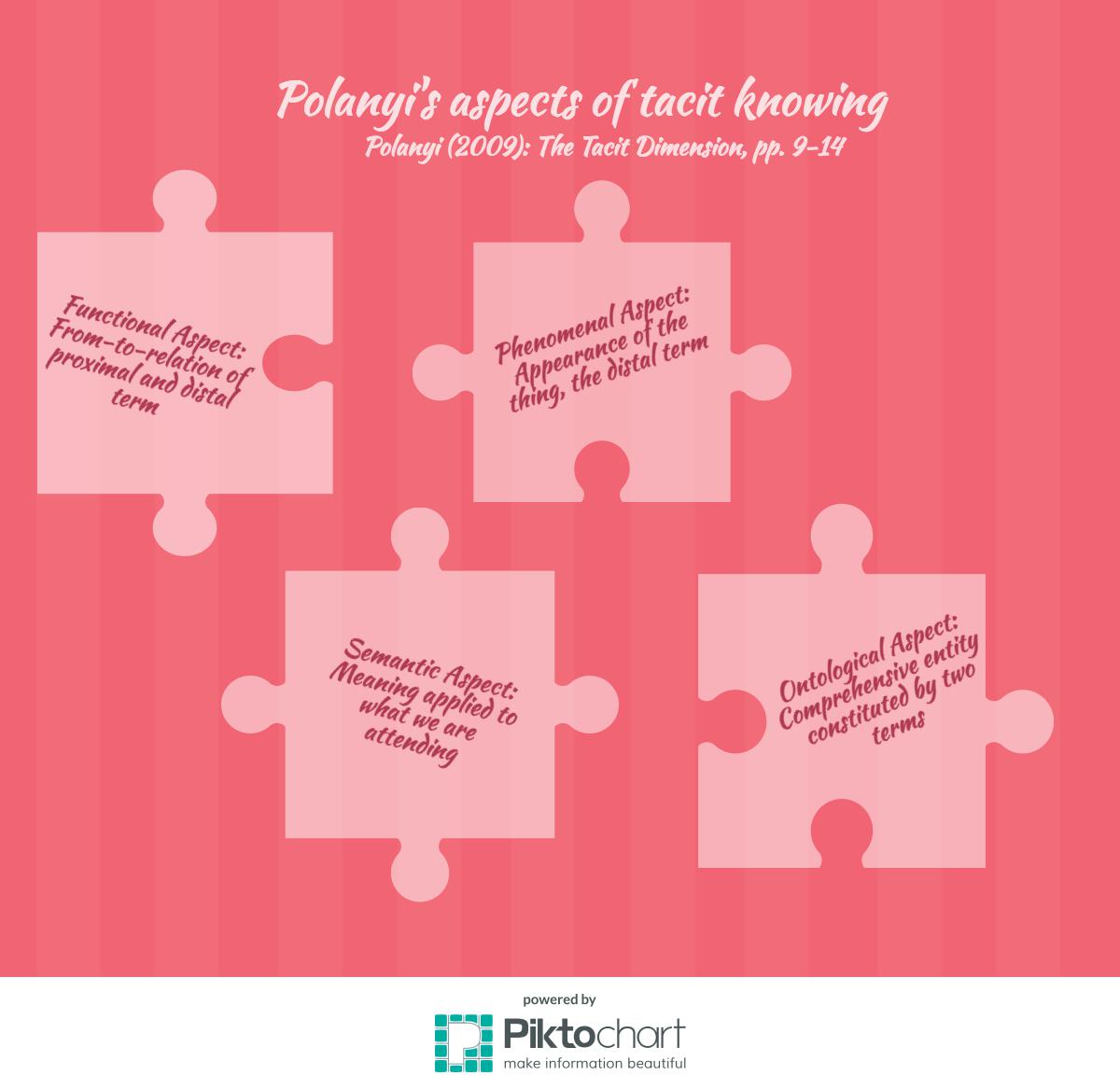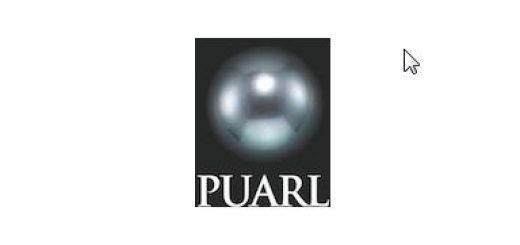Rules and the practice of skills
As I am looking into tacit knowledge (especially for my PUARL article), which, according to Polanyi cannot be communicated in linguistic means. At the moment I am very interested in rules.
Polanyi (2013) was looking into science an stated following: “Science is operated by the skill of the scientist and it is through the exercise of this skill that he shapes his scientific knowledge. We may grasp, therefore, the nature of the scientist’s personal participation by examining the structure of skills.” (Polanyi 2013, p. 49)
So there is a very personal component in science, as it comes from experience of the scientists. Polanyi analyzed the structure of skills. This is also of my interest, especially when it comes to validating informal learning, which is often of tacit nature.
Rules, rules, rules
Polanyi further says: “I shall take as my clue for this investigation the well-known fact that the aim of a skilful performance is achieved by the observance of a set of rules which are not known as such to the person following them.” (ibid. p 49)
So if someone reached a certain expertise and therefore is skilled, he or she is not aware of the rule he/she is following. I understand this as some kind of automatisation or embodiment like Dreyfus described it in his model of professionalization. The rules stay tacit. We are not aware which rules we use, as we are concentrating on the performance and not on the rule we use in order to perform. Polanyi uses the example of swimming or riding a bike. Of course certain rules can be observed, but they cannot tell us exactly how to perfom a certain task or activity, like riding a bike. There are a number of factors important for practice which are left out in the formulation of the rule. We cannot tell them in linguistic means.
Therefore Polanyi states: “Rules of art can be useful, but they do not determine the practice of an art; they are maxims, which can serve as a guide to an art only if they can be integrated into the practical knowledge of the art. They cannot replace this knowledge.” (ibid., p. 50)
Master and Apprentice
So it seems that rules can be formulated explicitly, but they leave out important aspects of practice. They are helpful as an approach to an art, but they can never replace practical learning. There seem to be rules of practice, which stay tacit. Polanyi referred to the master-apprentice relationship: “An are which cannot be specified in detail cannot be transmitted by prescription, since no prescription for it exists. It can be passed on only by example from master to apprentice.” (ibid. p. 53) Polanyi also underlines this assumption by giving the example of craftsmanship, which tends to survive in closely circumscribed local traditions.
“By watching the master and emulating his efforts in the presence of this example, the apprentice unconsciously picks up the rules of the art, including those which are not explicitly know to the master himself. These hidden rules can be assimilate only by a person who surrenders himself to that extent uncritically to the imitation of another. A society which wants to preserve a fund of personal knowledge must submit to tradition.” (ibid, p. 53)
“Tradition” – a buzzword. Connecting skillful practice with the pattern approach.
Tradition sounds like a buzzword for me, especially when I think of Alexander’s pattern approach. Alexander was often “accused” of conservatism and traditionalism. With patterns some kind of knowledge of community of practice can be saved and passed on. Questions on my mind:
- What kind of knowledge is expressed by patterns/pattern languages exactly? Is it “common” knowledge of some kind of community? Is it individual knowledge? Probably both?
- How is it retrieved? How does pattern mining work? What is a good pattern? How can the quality of a pattern be reassured? What are criteria for the quality of a pattern?
Summary
As it seems there are two kinds of rules:
- Explicit rules, which can be formulated while observing a skillful performance. They are like guidelines to an art, but cannot replace personal contact while learning.
- Tacit rules of practice, which we rely on during conducting a performance/action and which can only be passed on from master to apprentice – personal contact is necessary for diffusion of these rules.
Ad 1: Nowadays we have plenty of forms of blended learning – I guess really “personal” contact isn’t always necessary anymore as we have so many possibilities in the internet and also other forms of communication through the internet, but I still think some kind of tacit knowledge is passed on through a community of practice (an communities are an important aspects of the internet)…would be interesting to find out what kind of contact is necessary to pass on tacit rules. If If I now think of twitter: I could read a book, giving me rules as guidelines how to handle twitter. But I cannot really use it well. I have to go on twitter, see how others are using twitter. The rules get a meaning. With time I understand “the real thing” and I can use twitter in a similar way. It’s a pattern of how to use twitter, which might by different for each group of professionals on twitter (journalists might use is slightly different than teachers or researchers in pedagogy – we could identify several types of twitter-users)
Literature:
Polanyi, Michael (2013): Personal knowledge. Towards a post-critical Philosophy. Mansfield Centre, CT: Martino Publishing
Further links:
http://www.lse.ac.uk/economicHistory/Research/facts/tacit.pdf


